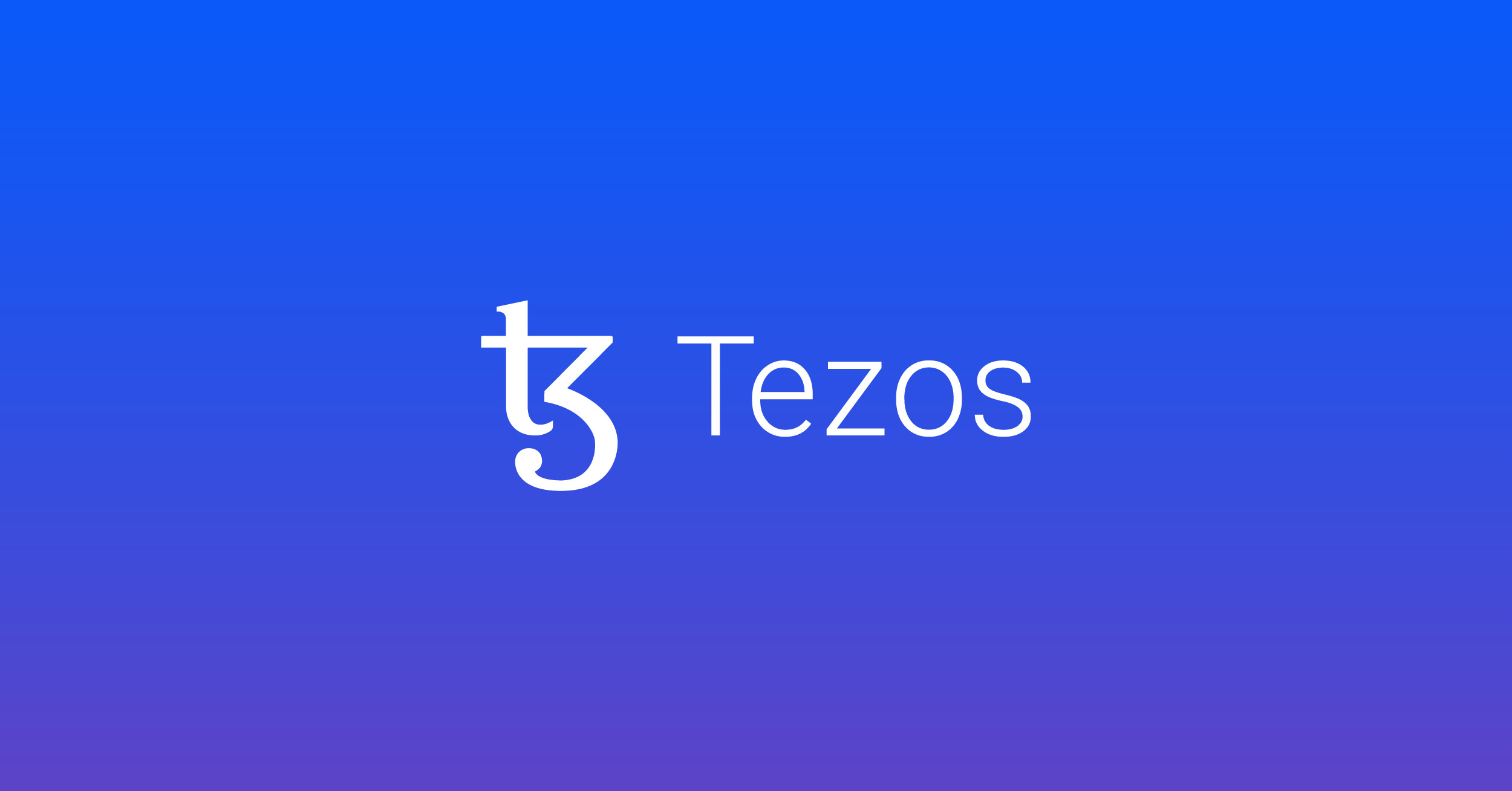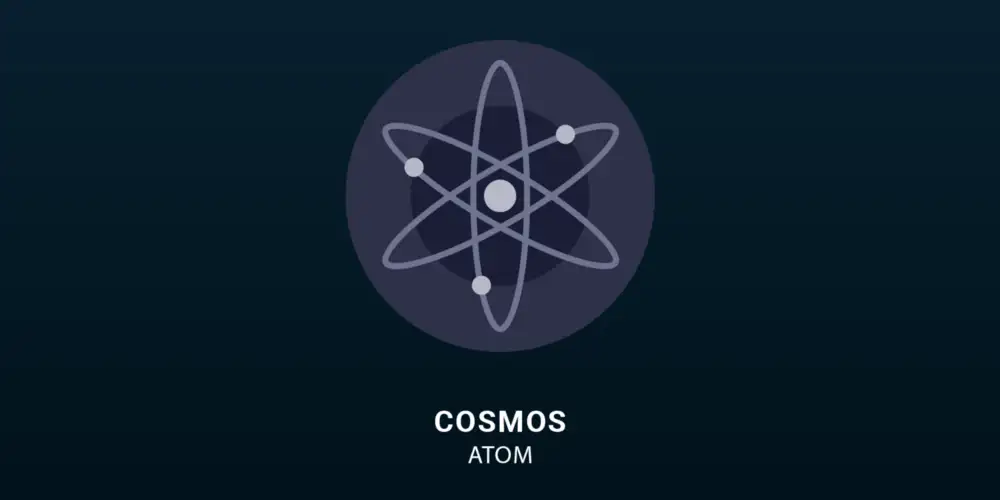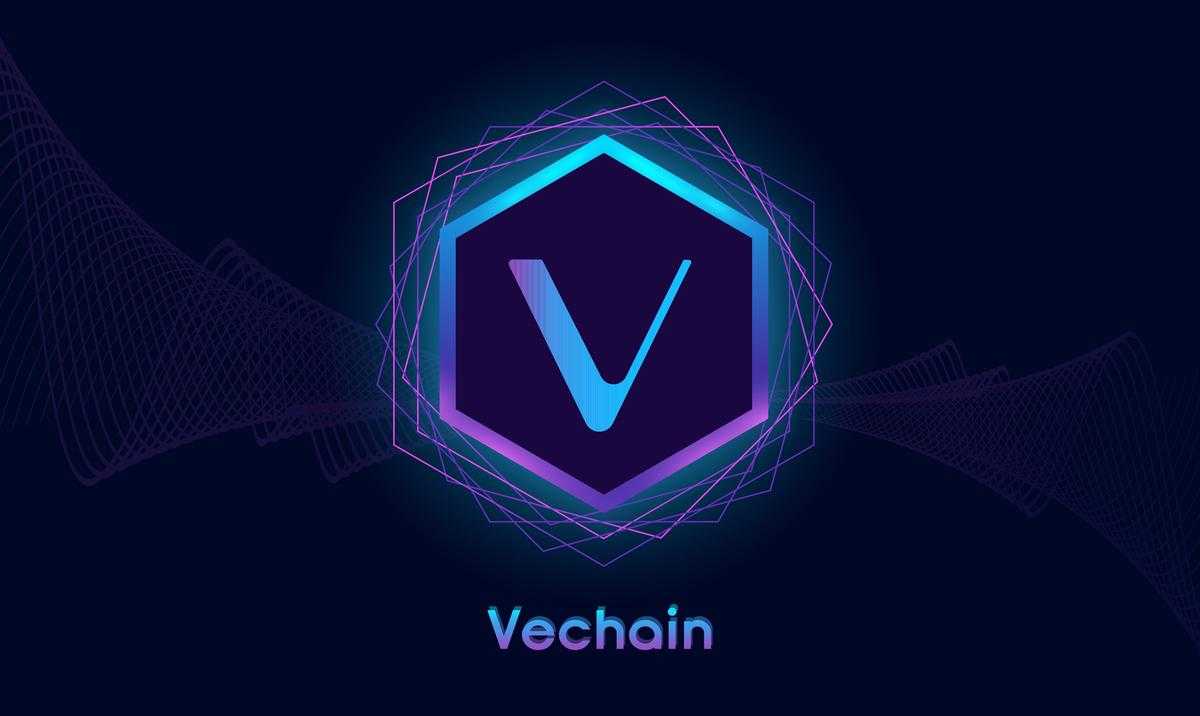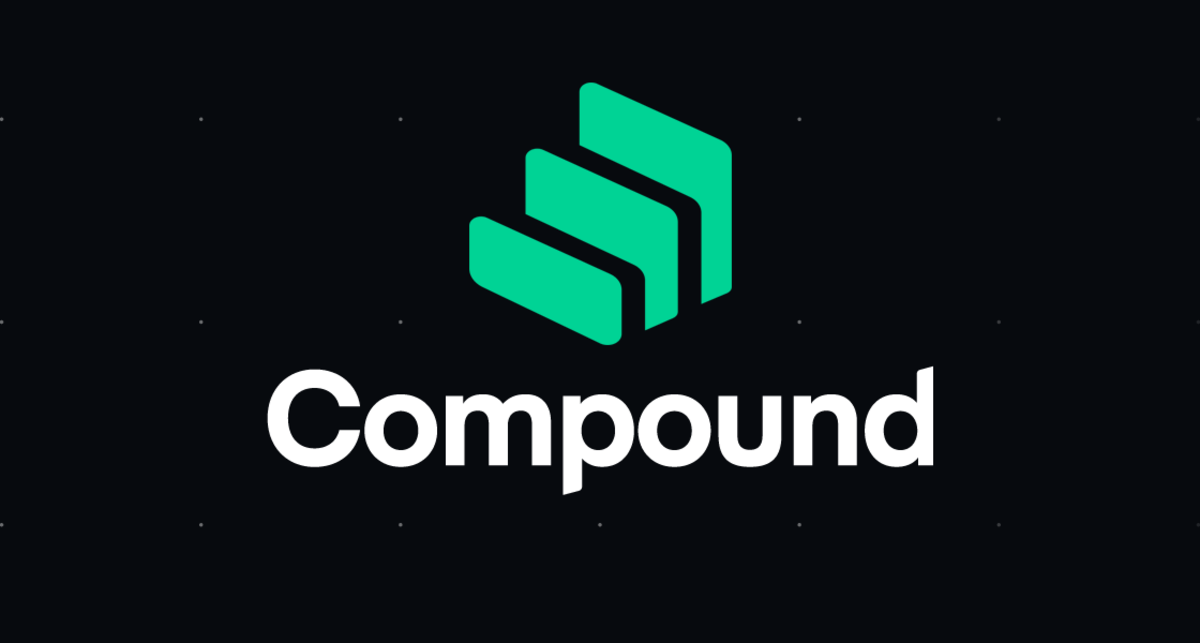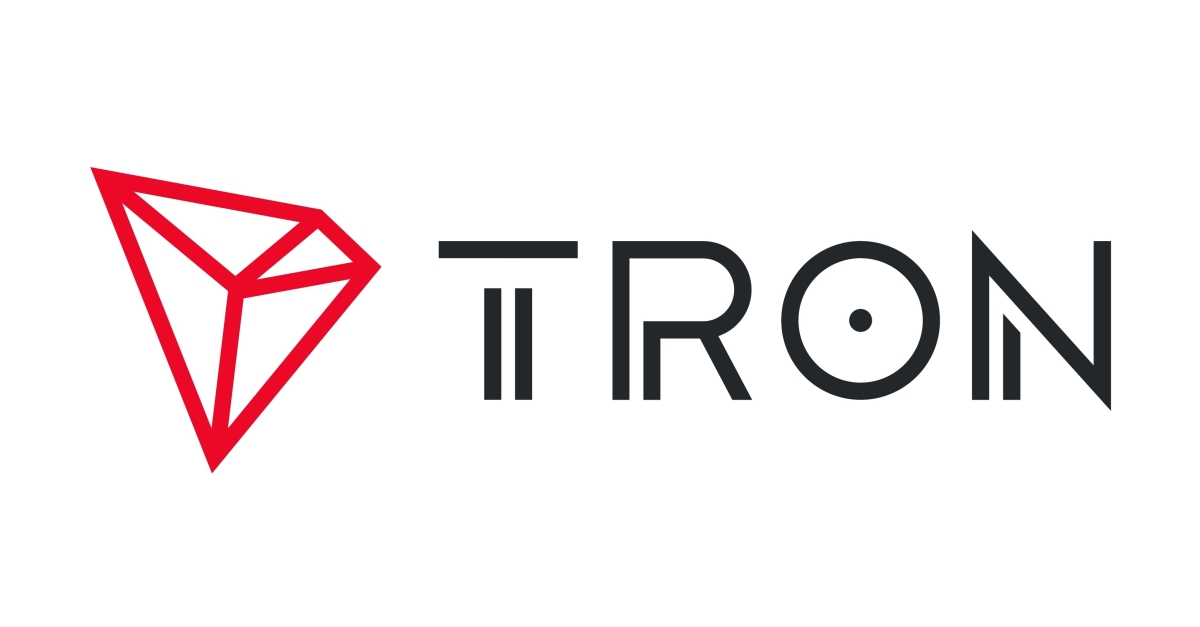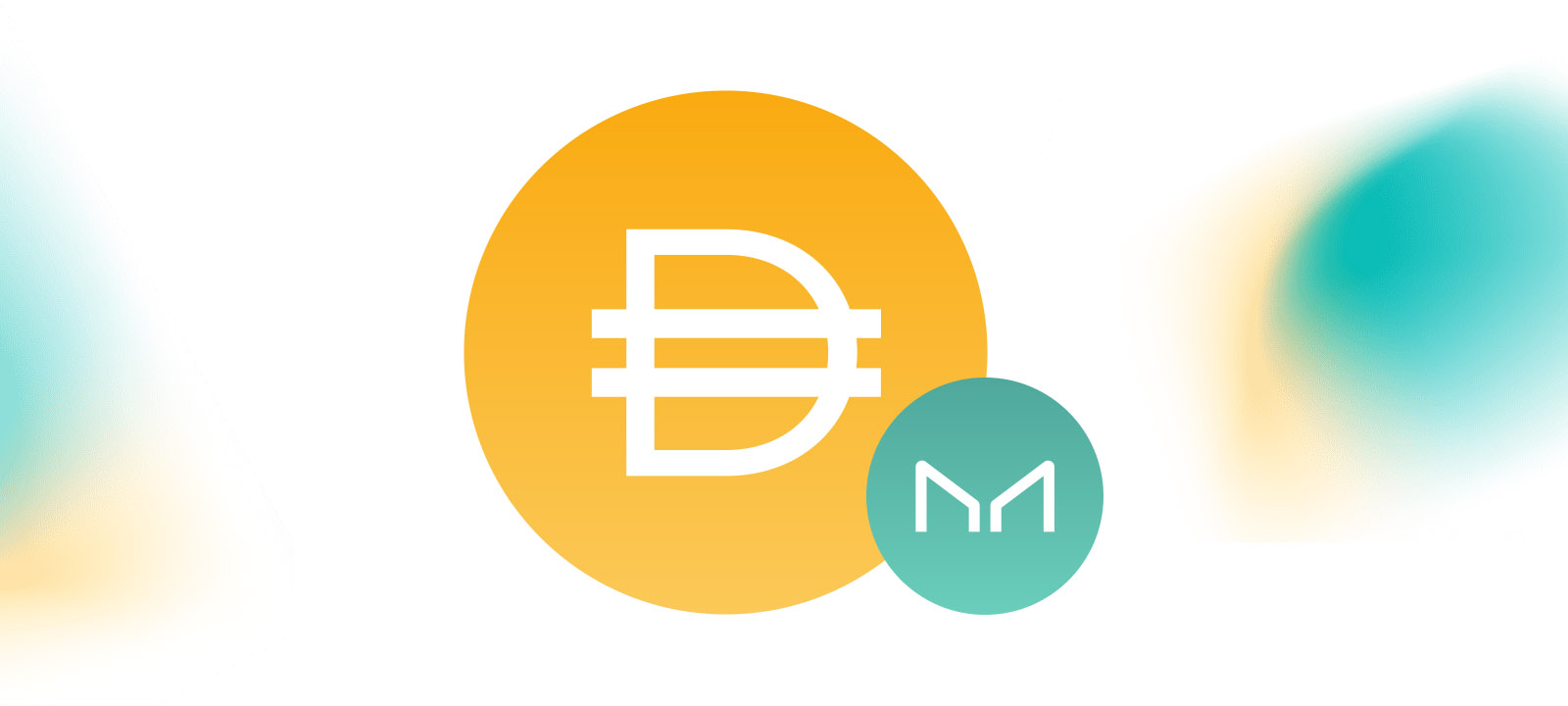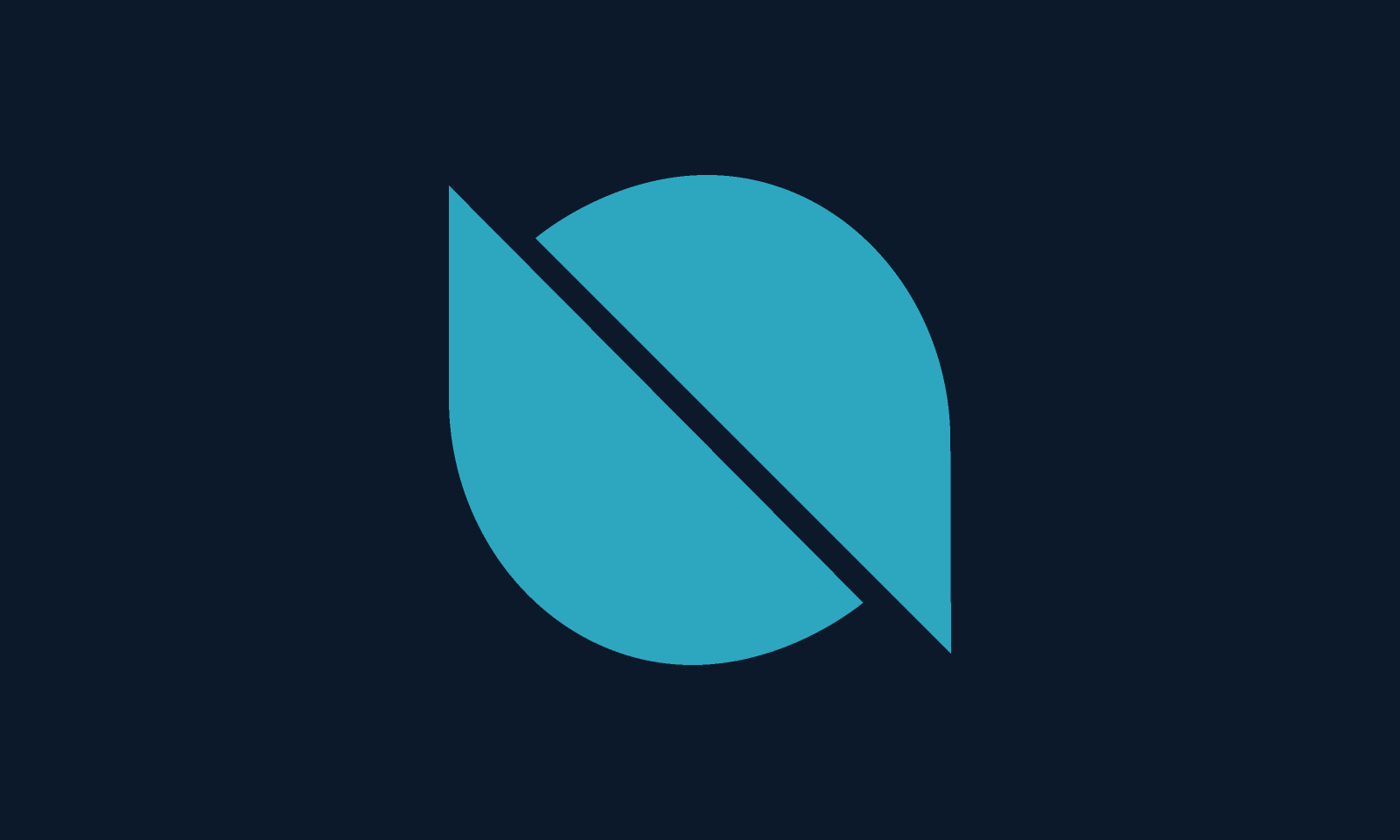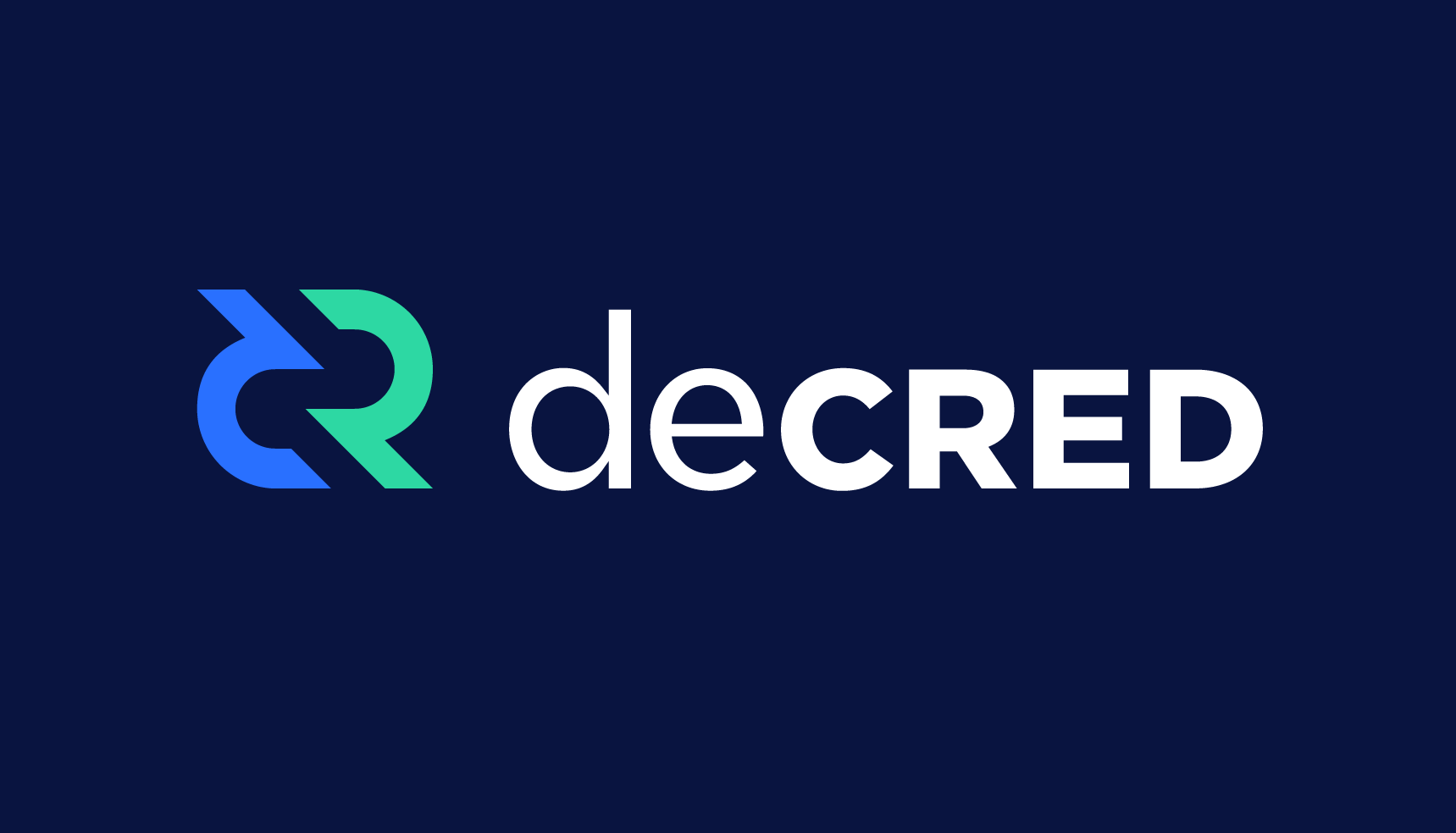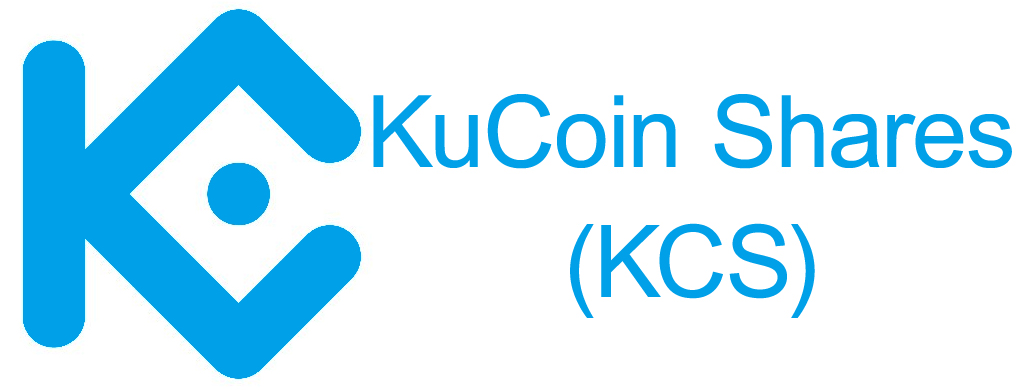11 Best Cryptos That Pay Dividends In 2024
Crypto can be time-consuming and even though there are life-changing gains to be made, the market moves 24*7, unlike stocks, and you want to switch off and still be able to earn passive income. This is where cryptocurrency dividends come in.
Just like traditional dividends that are paid by companies on stocks as part of sharing their earnings with their shareholders, your crypto investments reward you with coins just for either staking or holding tokens in your wallet.
This article gives you a list of well-established projects that allow you to earn cryptocurrency dividends while you sleep.
11 Crypto Dividends That You Are Missing Out On
- Tezos ($XTZ)
- Cosmos ($ATOM)
- VeChain ($VET)
- Compound Finance ($COMP)
- NEO ($NEO)
- Tron ($TRX)
- DAI Savings Rate ($DSR)
- Ontology ($ONT)
- DASH ($DASH)
- Decred ($DCR)
#1. Tezos ($XTZ)
With Tezos you can earn up to 7.12% APR in crypto dividends if you use it to delegate to the node of your choice. As someone who owns Tezos, you can vote on proposals put forward by Tezos developers and have your say regarding the direction the project should go in.
Built on the concept of smart contracts, like Ethereum, the project markets itself to be ‘upgradable’ which will allow it to remain ‘futureproof’ and embrace any new developments in blockchain technology.
Arthur Breitman wrote and published the Tezos white paper in September 2014 and the mainnet launched four years later. Its uniqueness comes from the spin on the staking process.
If you want to get involved in the governance of the protocol, you need to stake a total of 8,000 $XTZ coins which will act as a personal buy-in to the project.
This process is called ‘baking’ and the person is considered the ‘baker’. As a baker, you are tasked with voting on any new changes to the working code.
Whichever proposal receives the most support is tested on the Tezos testnet for 48 hours and then implemented on the mainnet if a super-majority votes in favour of it.
Tezos has also had acceptance from the high-profile business division of French banking giant Societe Generale which plans to use Tezos to run its experiments with a CBDC (Central Bank Digital Currency).
#2. Cosmos ($ATOM)
By holding Cosmos, you can aim to earn up to 35.86% APR on your investment as crypto dividends. Cosmos aims to solve the biggest problem of communication between blockchains and hence different protocols.
This is made possible by the Interblockchain Communication (IBC) protocol which will essentially prevent fragmentation in the industry.
It also aims to create a modular framework to enable easier creation of decentralized applications which in turn will allow more people to create applications to further the blockchain.
The origins of the blockchain can be traced back to 2016 when the whitepaper for the project was published and the token sale was conducted in 2017.
Stakers can earn $ATOM tokens by way of a hybrid proof of stake algorithm which helps to secure the project’s main blockchain, the Cosmos hub. $ATOM is also used for network governance, just like Tezos.
Originally founded by Jae Kwon, Zarko Milosevic, and Ethan Buchman, the team has had a substantial refresh and although Kwon is still a part of the team on paper, he is no longer solely focused on this project.
With the proof of stake consensus algorithm, the validator nodes that stake a higher quantity of $ATOM are more likely to get the chance to verify transactions and hence earn dividends.
If a node is found to be meddling with the ways of governance, they are penalized and may end up losing all its staked tokens.
#3. VeChain ($VET)
Staking VeChain gives you up to 7.32% APR when you choose to lock your tokens for 90 days at a time. One interesting thing about this token, in particular, is that you are paid not in the token you have staked but in VeThor ($VTHO) coins.
Currently available on 148 markets, VeChain operates as a Layer 1 for smart contracts, just like Ethereum.
It began in 2015 as a private chain looking to explore the applications of blockchain and how it could solve enterprise-level problems for multinational companies. It has been in its current state since the launch of its mainnet in 2018.
The $VTHO token is used to pay for gas costs on the blockchain thus reducing the need to spend $VET when writing data to the chain. This makes sure that the costs of using the network can remain stable by either changing the VTHO generation rate or the amount of VTHO paid per transaction.
These actions require to be voted on by the stakeholder community before they are implemented.
Since being started by creator Sunny Lu and co-founder Jay Zhang in 2015, VeChain has brought to light the problems of transparency and touted VeChain as the solution to the same.
It aims to create ‘trust-free’ business structures that will not be prone to data corruption. The experience comes from close working relations with auditing houses like PWC and DNV.
#4. Compound Finance ($COMP)
$COMP is another coin that you can use to keep earning crypto dividends as crypto passive income while you are busy with life. If you are holding it in your wallet, it will pay dividends of 1% on the coins.
But not to fret, Compound Finance is a platform where you can stake and earn dividends for other PoS chains like Ethereum, and even proof of work coins like Bitcoin.
As a Decentralized Finance (DeFi) lending protocol, Compound Finance allows its users to deposit cryptos that pay dividends into one of several pools that are supported by the platform.
When you deposit Bitcoin in a pool, you receive exchange tokens like cBTC in return which can be used to get your investment back from the pool you have invested in.
The exchange rate of these exchange tokens increases when compared to the underlying asset, so you can redeem the tokens for more than you initially put in. This is how interest is distributed.
As part of the finance side of the platform, borrowers can take secured loans from a Compound Finance pool by depositing the equivalent amount of collateral. Keep in mind that you may face liquidation if your collateral goes below a specific maintenance threshold.
$COMP token holders can propose changes to the protocol, what cryptocurrencies to add support for, or adjust collateralization factors.
These tokens can be bought from a third-party decentralized exchange or earned by interacting with the protocol, either by depositing assets or taking a loan.
#5. NEO ($NEO)
With the staking of $NEO, you can earn crypto dividends up to 13.56% if you just store NEO with a validator node. The project was formerly known as Antshares and is widely believed to be China’s first public blockchain. Launched in February 2014, the open-source platform rebranded to NEO in 2017.
As with most other projects on this list, NEO has proof of stake algorithm that requires the native currency to be used as staking tokens with validator nodes that help to verify transactions. NEO is colloquially referred to as Chinese Ethereum due to its focus on smart contracts like its more famous counterpart.
The founders, Da Hongfei and Erik Zhang aim to create a worldwide community of developers who can keep contributing to the code base and ensure that the blockchain remains futureproof.
The NEO foundation chaired by the founders also creates and funds new infrastructure for the network and lowers barriers to entry. The EcoBoost initiative is made to teach and encourage people to build dApps (decentralized applications) on the NEO blockchain.
Like VeChain, the NEO network also has two native tokens, NEO, and GAS. NEO is the investment token by default whereas GAS is used to pay the transaction fees on the network. NEO also allows its holders to participate in votes regarding the upcoming changes to the blockchain.
A wallet that pays dividends and lets you claim the GAS payouts resulting from holding NEO is important to pick. For example, the NEON wallet pays dividends that are credited right to your wallet regularly.
#6. Tron ($TRX)
With Tron ($TRX), crypto investors can earn a passive income of up to 12.38% as a cryptocurrency dividend by just holding the staking tokens in their wallets.
TRON is a decentralized blockchain that was developed in 2017 by the TRON Foundation and was originally an ERC-20 token that was moved to its proprietary network once it was ready.
The project aims to create a platform where creators have full ownership of their content and can be compensated for it by the customer without the need for intermediaries like Facebook or Instagram.
This is made possible with the help of smart contracts and dApps which leverage the power of the blockchain and bring creators into the age of Web3.
The data hosted on the network is free of a central authority and creators receive $TRX tokens for their intellectual contribution to furthering the platform.
With the use of a delegated Proof-of-stake system and its layered architecture, the TRON blockchain can process up to 2,000 TPS (transactions per second) without any fees, whereas Bitcoin’s Proof of work only allows six TPS and Ethereum up to 25 TPS.
The tokenomics however are not in favour of the project’s longevity as 45% of the $TRX supply went to the founder and the project while 55% was distributed amongst initial crypto investors.
#7. DAI Savings Rate ($DSR)
DAI is a stablecoin that is designed to track the value of the US dollar which makes sure that it is less affected by crypto’s price swings. The project behind the creation of $DAI is called Maker and currently has half a billion USD in its contracts.
By staking on OASIS which is a dApp created by Maker and their default app to save, borrow, and trade, you can earn income to the tune of 4.94% and a company like Hodlnaut will pay dividends of up to 3.5%.
Maker accepts coins as collateral from borrowers, who in turn receive DAI for the duration of the loan. DSR is distributed to the users like you who lend their DAI to the platform for this service. This is how the advertised rate of interest is distributed.
Some pros of this service are that there are no rules regarding how long your coins are to be locked up. And because there are no rules, there are no penalties either.
Your account earns interest every 15 seconds, and not monthly, quarterly, or yearly so you won’t lose out any interest when you do decide to withdraw your funds.
There is also no minimum deposit and you can deposit anything greater than 0 DAI. Just make sure to check the application you are depositing on as the DSR changes from time to time.
#8. Ontology ($ONT)
Staking $ONT leads to dividend payments of up to 20.38% APR in passive income and is one of the most exciting projects on this list. The Ontology project is focused on identity security and data integrity. Your business can build its blockchain on top of Ontology and then decide what data is to be shared with the end customer and what is not.
The company that created $NEO is the same one behind the creation of $ONT also and is called Onchain.
They decided to bypass the ICO model of most other crypto firms and favoured a series of community distributions and airdrops of $ONT. This allowed both organic price discovery and a passionate community of cryptocurrency holders.
Since the launch of its mainnet in 2018, Ontology’s Ethereum Virtual Machine (EVM) ensures complete compatibility with Ethereum and has taken the first steps toward creating an interoperable chain like Cosmos.
ONTO Wallet created by the team also gives its users cross-chain access, hence putting all of Web3 at their fingertips. This aids user experience and makes sure that users do not have to wander too far to get the token they want.
They also take data privacy seriously by introducing the concept of ONT ID, which allows users to mask their real wallet address and the rest of their data.
#9. DASH ($DASH)
To get passive income with $DASH, you just need to stake your tokens with a master node and earn interest rates of up to 5.69% APR. This is another project that focuses on private and quick transactions, instant transactions, and governance courtesy of master nodes.
Dash also seeks to improve upon Bitcoin with features like a two-tier network with incentivized nodes, ChainLocks which makes the blockchain instantly immutable, and PrivateSend which has optional privacy for transactions. Created as a fork of Litecoin ($LTC) in January 2014, its name comes from “Digital Cash”
Dash was founded by Evan Duffield who was a software developer with experience in finance and coded it in just one weekend and Kyle Hagan co-authored the original whitepaper for when the project was called ‘Darkcoin’. It was named so as the original idea was to add anonymity to Bitcoin.
Dash markets its cryptocurrency to both regular users and institutions who need a cross-border transaction system to send remittances.
The treasury of the project distributes 10% of the block rewards towards the development of the project. The Dash Core Group is one of the many funded organizations that is paid these rewards in a competitive and decentralized way.
Dash’s push for popularity has paid off as you can now spend your coins at close to 5,000 merchants and services.
#10. Decred ($DCR)
Holding the Decred digital currency pays dividends up to 8.30% APR. It combines Proof-of-Work like Bitcoin, with a different take on Proof-of-Stake that places power in the hands of the token holders who can then help the project adapt to challenges and innovate quickly.
Decred works to ensure that all DCR token holders have the same amount of decision-making power and that large institutions are not able to swing any decisions in their favour. It wants to leverage the blockchain’s decentralized nature to prevent this monopoly.
By creating the voting platform called Politeia, DCR allows its users to get involved in submitting proposals, starting discussions, and finally voting on these proposals. This makes sure that if you hold enough DCR you will be able to have your say in the token’s future.
With a total supply of 21 million tokens just like Bitcoin, currently, 60% of tokens are in circulation. 8% of the total supply was mined before the launch. Half of these were used for an initial airdrop and the other half was used to cover the costs of the development of the protocol.
With the airdrop, the parties that were interested and registered beforehand were given free DCR tokens.
With the hybrid PoW/PoS consensus mechanism, miners only receive 10% of the reward after a successful mining operation, 80% goes to the voters using PoS consensus, and the remaining 10% is credited to the Decred Treasury which decides how the money should be spent based on regular Politeia discussions.
If you hold at least 6 KCS in your KuCoin wallet, you get a share of the crypto dividends paid out by the platform at the end of the day. This share is calculated as 50% of the day’s trading fees which is equally distributed amongst the eligible accounts.
A lot of centralized exchanges have their own cryptocurrency exchange token but the way Kucoin handles its Kucoin Shares dividend payment is different from all the others.
As the trading volumes increase, the number of crypto rewards will increase as well. Currently, their daily trading volume averages at around $6,586,043, and last year the tokens on their exchange were earning dividends estimated at 5.93%.
Kucoin was founded in 2017 and is popular as an exchange that gets the smaller market cap coins before they are listed on Binance or Coinbase. This helps the degen traders who are willing to risk some money in the hopes that they can catch a large pump with the Binance listing.
Their latest financing round from May 2022 garnered a valuation of $10 billion which shows that the only way for the exchange according to its investors is up.
And if the value of the exchange keeps going up, you know what that means for the daily trading volume and hence the cumulative transaction fees.
Conclusion
Your investment in cryptocurrency tokens should pay crypto dividends even when you are not paying attention just like when you buy stocks. This can be the key difference between life-changing money and pocket change.
The majority of APRs mentioned in the article are from a centralized exchange, Binance and your rates may differ depending on your platform of choice, or if you decide to create your own node and stake there.
The point is, if your coin of choice is stakable or can give you dividends, you are leaving money on the table by not taking advantage.
If you have a lot of unstaked cryptocurrency holdings, you can make use of Compound Finance and earn exchange tokens for the duration of the loan period. You will also earn passive income on the coins you have committed to the platform.
Another good place to earn passive income is by buying and holding KCS in your wallet if you are a day trader on KuCoin and believe in the long-term future of the exchange.
- Is Bitcoin Real Money?: Understanding Different Types Of Money - June 28, 2024
- Bitcoin Transaction Accelerator: 5 Services to Unstuck Your BTC - September 23, 2023
- What Is Bitcoin Private Key? Everything You Need To Know !! - June 2, 2023
Contents

